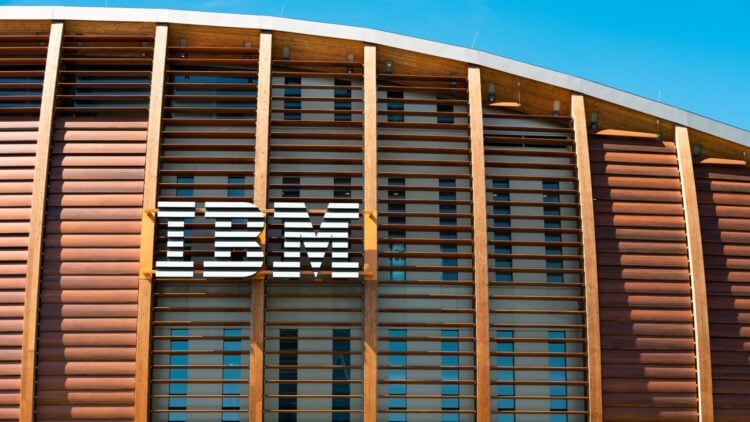The fear of automation due to artificial intelligence seemed quite unfounded… Until IBM, one of the world’s largest technology companies, announced the elimination of thousands of jobs within its ranks. They were not going to replace them with cheaper labor, foreign employees with H-B1 visas. They were simply going to replace them with artificial intelligence automation.
However, the move is turning out to be a bit of a misstep. Despite the initial cuts, IBM CEO Arvind Krishna had to admit that the total number of employees within the company actually increased in net growth. The fact is that AI did not eliminate jobs, but rather transformed them.
The Automation Phase
It was 2023, and the company moved quite quickly. IBM set out to eliminate some 8,000 jobs in five years. Most of the positions were support and administrative roles. All of these jobs were to be replaced with a clear tool, AskHR. This artificial intelligence is an “internal conversational agent” that automated repetitive tasks within HR. Things like vacation requests, payroll, etc. were no longer handled by a person, but by artificial intelligence.
This seems like the wet dream of any lazy person, as it automates up to 94% of routine tasks within the HR department. Calculating the 70 divisions of the business, this use of artificial intelligence generated $3.5 billion in productivity gains. IBM was not alone; at that time, there were also waves of layoffs at other large technology companies, such as Google and Spotify. However, IBM was the most aggressive in its use of artificial intelligence.
The Unexpected Human Factor
But if the idea was so efficient, how did they end up hiring staff again? Remember we told you that 94% of procedures were automated? Well, the remaining 6% of automated tasks still required humans. These were complex queries, emotionally charged and requiring ethical judgment, which required critical thinking and AI description. All things that only a human can do.
According to a statement by IBM’s CEO to the Wall Street Journal, their total employment has risen, so the idea is +1 investment in companies to be able to invest in other areas of the company. However, many people then say that artificial intelligence was nothing more than a short-term cost-saving measure, and it is also said that staff were relocated offshore to countries with lower wages. It could also replace senior employees, who are much more expensive, with junior employees with less experience.
Strategic Reorientation
With all that US$1 billion, the company was able to reinvest in other areas. In this case, they decided to invest in high-value talent. Unfortunately for human resources employees, the positions that were rehired were not the same as those that had been eliminated. Instead, they hired in areas of creativity, human interaction, and strategic problem-solving. The new batch of IBM employees were mostly software engineers (to build AI), sales and marketing people to interact with customers, and critical thinking roles.
For now, it is clear that IBM and many other companies will have much smaller administrative departments. These areas have been largely automated, but IBM has managed to grow in specialized, high-value roles. This twist shows that the workforce needs to be increasingly strategic and prepared for the future. Whether you like artificial intelligence or not, we are going to have to get used to it and try to stay on top of the wave.
The point is not to worry about artificial intelligence, but rather to maintain the right skills that make us attractive to companies. The future of work seems to be a collaboration with machines, where our empathy, judgment, and creativity remain our most valuable assets. Remember that, for now, artificial intelligence can only copy and emulate the wonder that is the human being.

